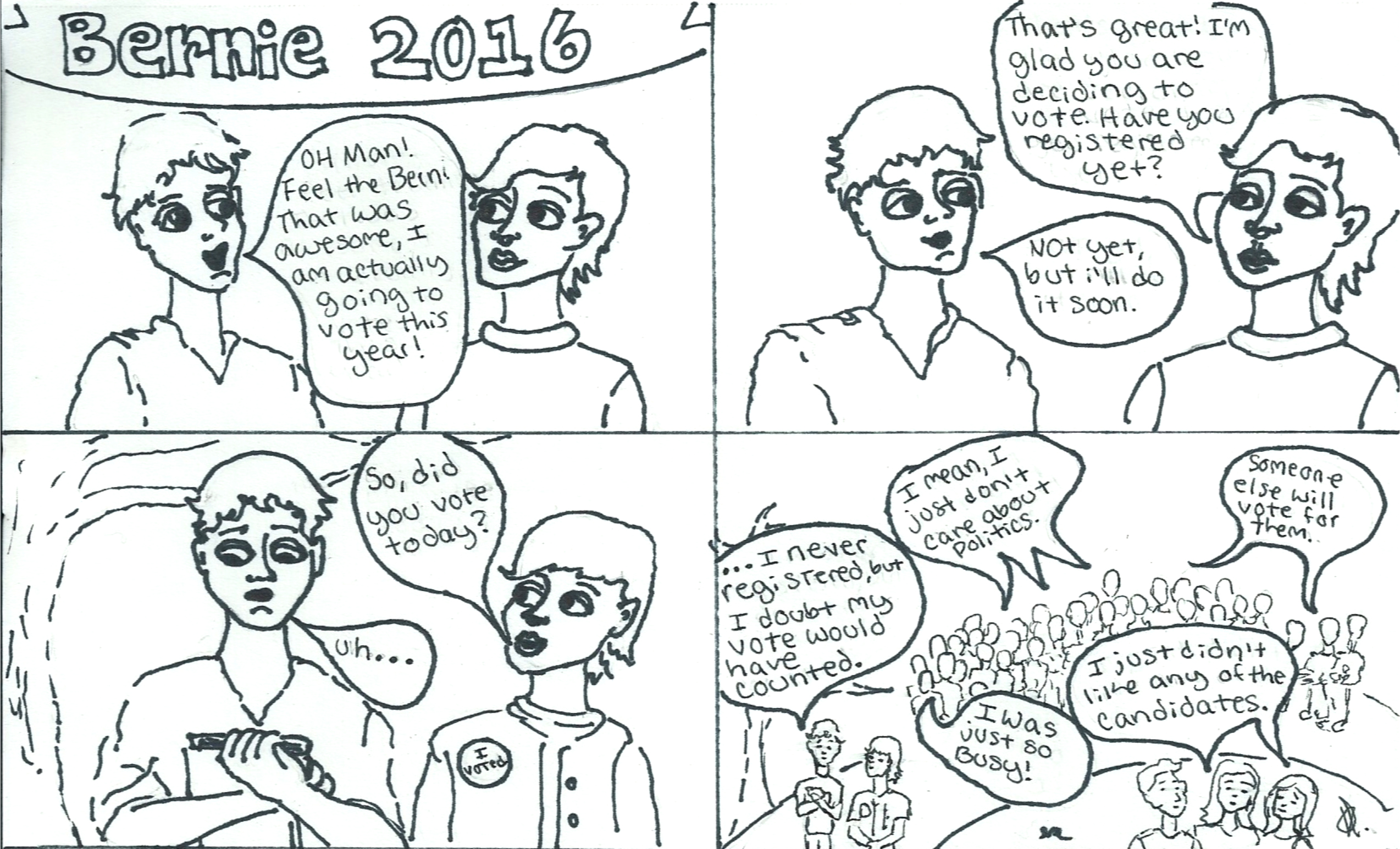After Dark is the latest work of fiction from award-winning Japanese author Haruki Murakami. Translated from Japanese by Jay Rubin, After Dark is a novella that offers glimpses into the lives of a handful of seemingly unrelated characters.
Sleeping Beauty
After Dark is the latest work of fiction from award-winning Japanese author Haruki Murakami. Translated from Japanese by Jay Rubin, After Dark is a novella that offers glimpses into the lives of a handful of seemingly unrelated characters. Set in Tokyo between the hours of midnight and dawn, Murakami captures the duality of night and day in a large city, showing how the quiet is charged with dark activities. Murakami’s protagonist, Mari Asai, rides along the rim of these events at first avoiding but eventually being compelled to search for a way to save her beautiful sleeping sister, Eri Asai.
The action begins with 19-year-old Mari Asai as she sits reading in a Tokyo Denny’s restaurant close to midnight. For reasons yet to be revealed, Mari is having trouble sleeping at home. Her intent is to stay out all night. An acquaintance from high school, Tetsuya Takahashi, is the first of a series of characters that Mari meets through the course of the night. Tension builds as we learn that Takahashi went to Mari’s school and was once interested in Mari’s beautiful sister, Eri Asai. Mari treats Takahashi coolly as the two become reacquainted.
We learn that Eri Asai, Murakami’s version of Sleeping Beauty, has been asleep for two months. Her surreal slumber appears to be one of avoidance. She is stuck in an inescapable loop where she travels endlessly between reality and imagination. She has disturbing dreams that transport her to a starker impersonal place.
Murakami allows us to spy on Eri Asai. “Our point of view, as an imaginary camera, picks up and lingers over things like this in the room. We are invisible, anonymous intruders. We look. We listen. We note odors. But we are not physically present in the place, and we leave behind no traces.” We can see, but we cannot connect or offer assistance. Our status as observers works to heighten the feeling of separation emerging in the novella.
After Dark is grounded in the interplay of separation and interconnectedness present in most relationships. Murakami examines the permanence of sisterly bonds and the strains placed on these bonds by society. The two sisters have somehow drifted apart in their pursuit of different lifestyles. Do the sisters want to reconnect, and if so, is it still possible?
Murakami is well known for his explorations of cultural isolation felt in Japan. He demonstrates his mastery of scene creation as he aptly captures the eerie stillness of the hours between midnight and dawn. Although brief glimpses into Tokyo’s nightlife decorate the story, it is not advisable to pick up After Dark in hopes of a cultural excursion. After Dark is sparsely populated and concerns itself mainly with an examination of a few random characters who lead somewhat interconnected lives.
After Dark is written in the present tense and the style of the translation often mimics a screenplay, giving conversational cues, camera angles and fragmented sentences to denote action. Murakami uses magical realism to give the reader a sense of Eri Asai’s emotional turmoil and to set the tone of the novella.
Even amidst this well-crafted atmosphere, the characters ring false. After Dark is woefully underdeveloped and would have been much more powerful as a novel. The novella structure is too brief for the complicated characters that Murakami has created and proves inadequate to satisfy their growing need for development. Like an evil puppet master, Murakami forces his characters to serve his purpose, making them perform a plot that he alone has conceived. If his cast could free themselves of their author, might they do something else?
Questions abound. What is the function of Kaoru, the tough but big-hearted manager of the love hotel? And what about Shirakawa, the man who beat up the Chinese prostitute? Is he the reason Eri Asai has decided to go to sleep and not wake up? The relationship between Mari and Takahashi seems forced and too much time is spent on this passionless couple. Mari Asai’s character seems slightly bipolar and is both devoid of and filled with compassion. After a while, one gets the sense that Murakami might be one of those authors who expects the reader to do half the work. Fascinating characters emerge only to be abandoned by their master, who strolls blithely away, content to rest on his well-established laurels. That said, After Dark is not without merit or hope. It simply isn’t finished.
Haruki Murakami has written several novels, including The Wind-Up Bird Chronicle and Kafka on the Shore.



